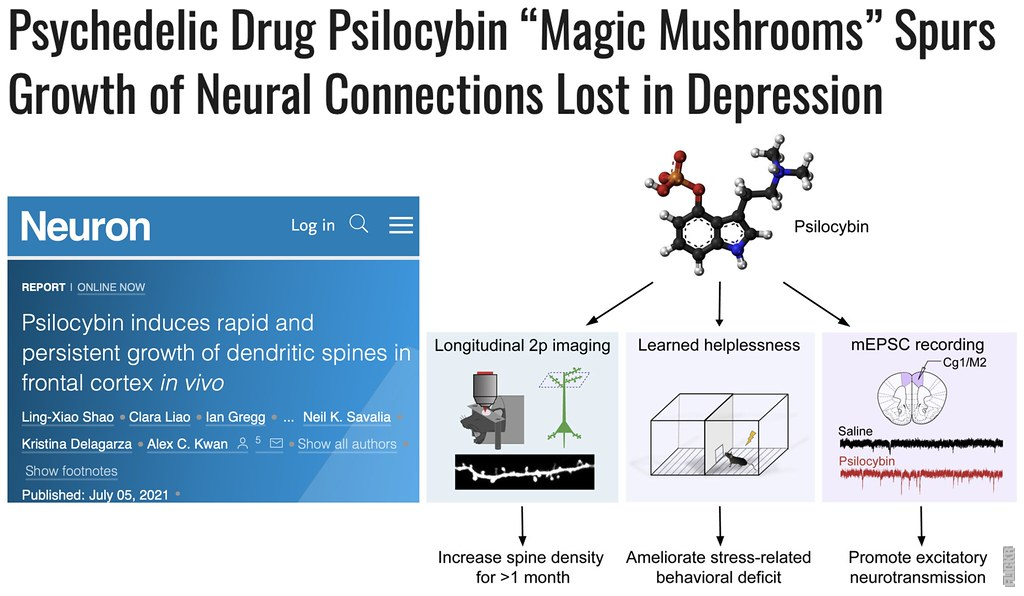The Intricate Dance of Communication
Imagine a bustling city, with countless residents going about their daily lives, each with their own unique stories and experiences. Now, zoom in closer, into the heart of this city, where information is exchanged at lightning speed. This is where the synapse comes into play.
The Synapse: A Gateway of Communication
The synapse is a remarkable structure found in the nervous system, acting as a crucial junction between neurons. It enables the transmission of signals, allowing for the intricate dance of communication to take place within our brains and bodies.
The Neurons: Messengers of the Brain
Neurons, the fundamental units of the nervous system, are responsible for transmitting and processing information. They come in various shapes and sizes, yet they all share a common goal: to exchange messages through the synapse.
Neurotransmitters: The Chemical Messengers
At the heart of synapse function lies the role of neurotransmitters. These are chemical messengers that facilitate the transmission of signals between neurons. As one neuron releases neurotransmitters into the synapse, they travel across the gap and bind to specific receptors on the receiving neuron, initiating a cascade of events.
The Dance of Release and Reception
When an action potential, an electrical signal, reaches the end of a neuron, it triggers the release of neurotransmitters into the synapse. This release is akin to a dancer gracefully leaping into the air, caught in a moment of suspended elegance. The neurotransmitters then float across the synapse, like delicate notes of music, until they reach the waiting receptors on the receiving neuron.
Post
Post
Lock and Key: The Receptor Connection
Just as a key fits into a lock, neurotransmitters bind to specific receptors on the receiving neuron. This binding sends a signal to the receiving neuron, either exciting or inhibiting its activity. It’s like a secret code being deciphered, unlocking a door to a new realm of possibilities within the brain.
Reuptake: Recycling the Messengers
Once the message has been delivered, the neurotransmitters are not simply discarded. They are swiftly taken back up by the releasing neuron in a process called reuptake. This recycling allows for efficient use of resources and ensures that the synapse is ready for the next round of communication.
The Complexity of Synaptic Connections
As we delve deeper into the world of synapses, we discover an astonishing complexity. Neurons can form connections with multiple other neurons, creating intricate networks that underlie our thoughts, emotions, and behaviors. These networks are constantly evolving, adapting to our experiences and shaping who we are as individuals.
Awe-Inspiring Synaptic Plasticity
One of the most fascinating aspects of synapse function is its ability to change and adapt. This phenomenon, known as synaptic plasticity, allows for learning, memory formation, and the development of new skills. Like a cityscape that continually evolves with the times, our synapses are constantly remodeling themselves based on our experiences.
In Conclusion
The synapse is a marvel of nature, serving as the gateway for communication within our complex nervous system. Through the dance of neurotransmitters and receptors, it enables the exchange of information that shapes our thoughts, memories, and actions. As we unravel its mysteries, we gain a deeper appreciation for the intricate workings of our brain, leaving us in awe of the incredible power of the synapse.



